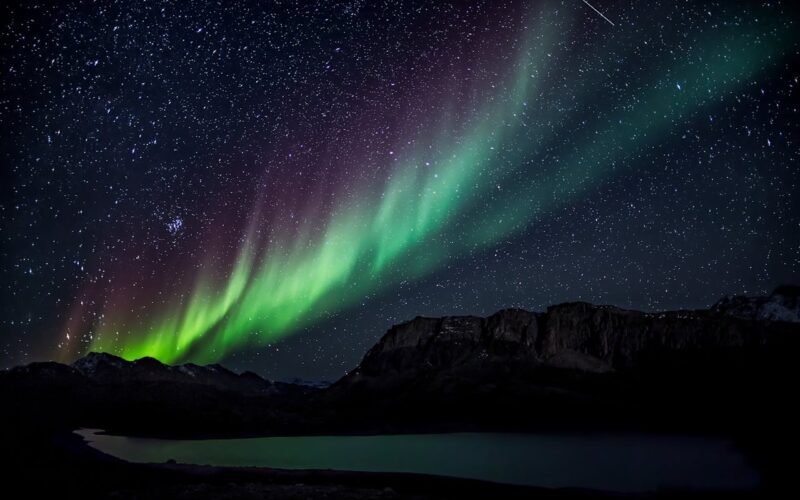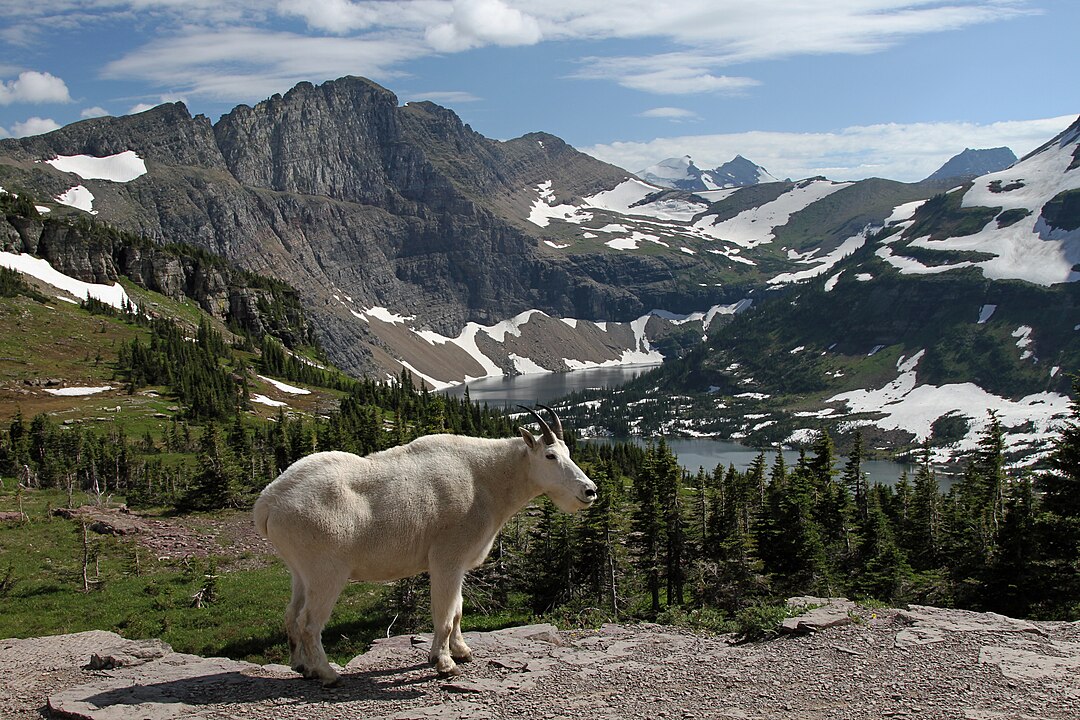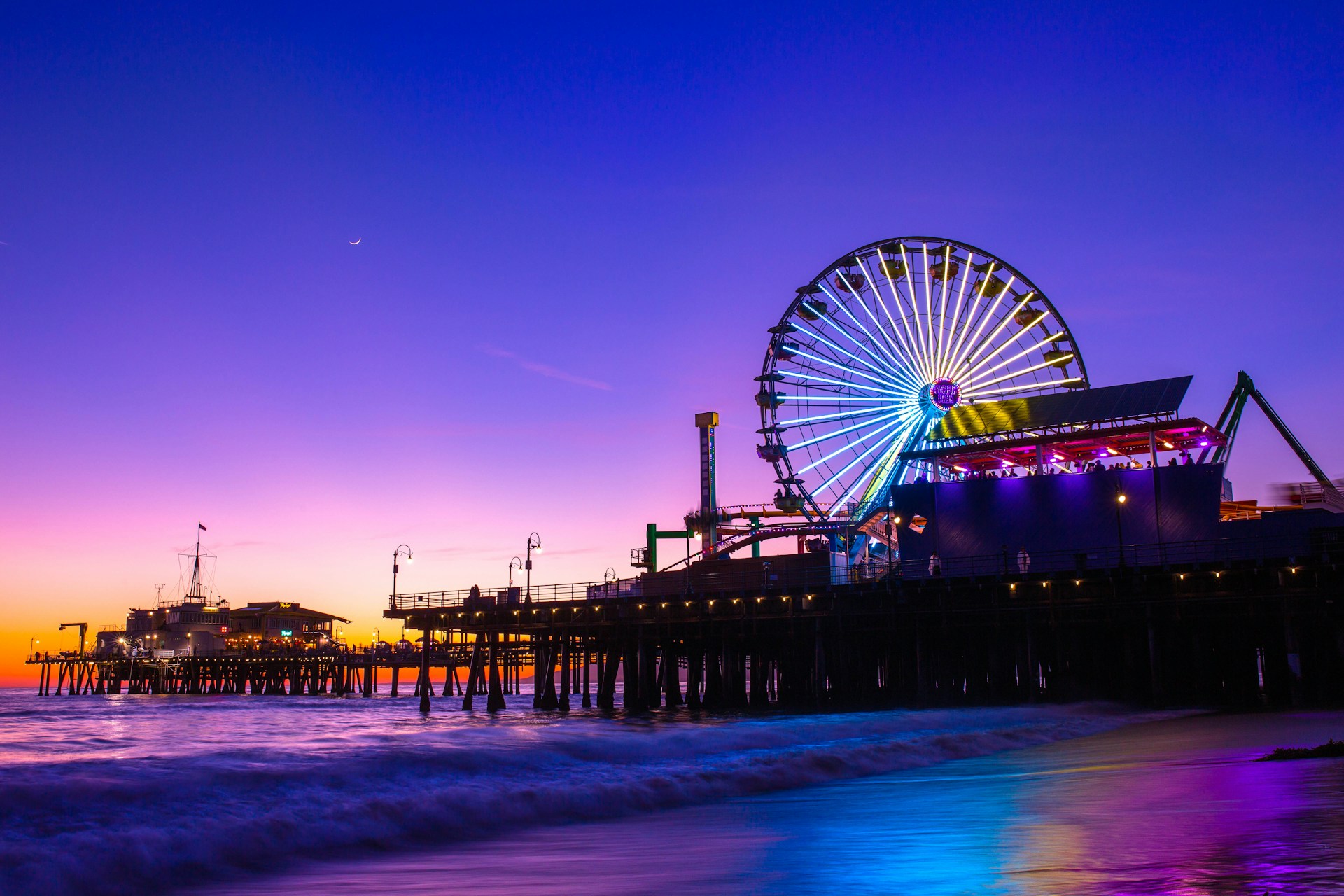Nature still knows how to amaze us, if you’re lucky enough to be in the right place at the right time. These rare natural events aren’t everyday sights, but they’re not impossible either. From glowing oceans to lightning that defies science, Earth has a few tricks up its sleeve. With climate changes, shifting weather patterns, and advancing tech, your chances of witnessing one might be better than you think. Here are 12 rare natural wonders that could happen in your lifetime, if you’re watching the skies or the seas closely enough.
1. Total Solar Eclipse
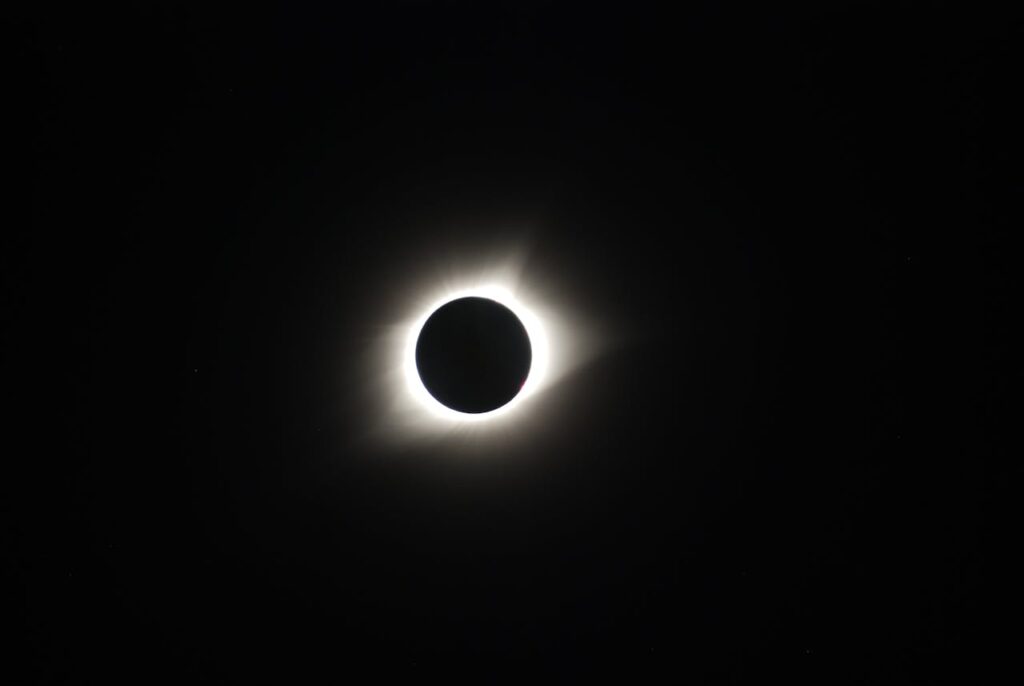
For a few brief minutes, the moon aligns perfectly with the sun and casts a dramatic shadow over the Earth. Day turns to night, the air cools, and animals even change behavior. This eerie phenomenon occurs about once every 18 months somewhere in the world, but only along a narrow path. Many people travel far to stand in the “path of totality” and witness this jaw-dropping celestial show. If one’s headed your way, don’t miss it. A partial eclipse just doesn’t compare to the total experience.
2. Aurora Borealis
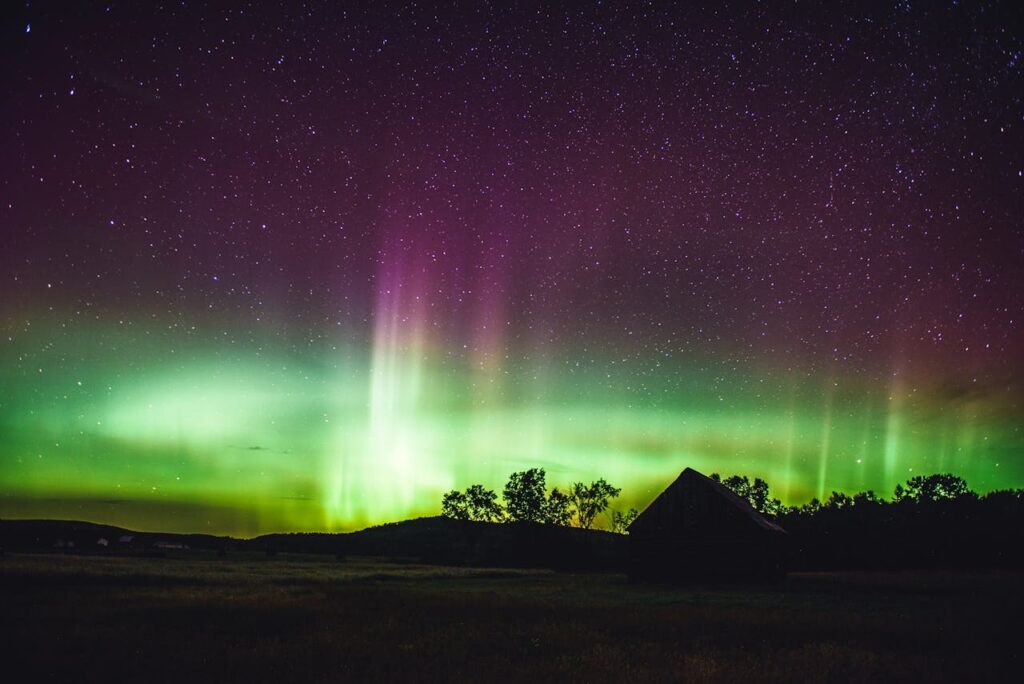
The Northern Lights are a dazzling light show caused by solar particles colliding with Earth’s atmosphere. Shimmering green, pink, and purple waves ripple across the night sky, mostly near the Arctic Circle. They’re more common during solar storms, which follow an 11-year cycle. Prime viewing spots include Alaska, Norway, and Iceland. Though rare in lower latitudes, strong solar activity can make them visible farther south. To increase your odds, head north in winter and hope for clear, dark skies.
3. Bioluminescent Waves
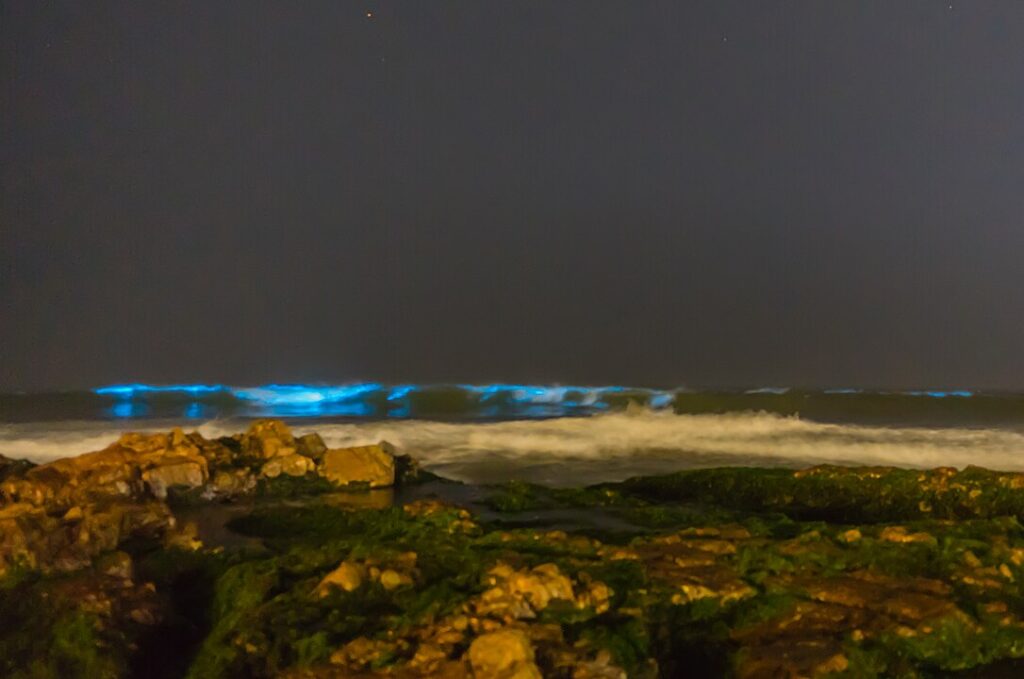
On certain nights and in specific coastal regions, the ocean lights up with eerie, glowing blue waves. This magical glow is caused by bioluminescent plankton reacting to movement in the water. You’ll find it in places like Mosquito Bay in Puerto Rico or beaches in the Maldives. Step into the surf and every splash sparkles like liquid starlight. It’s rare, unpredictable, and completely unforgettable. Plan your visit around new moons, when skies are dark, and you’re more likely to catch the sea in full glow mode.
4. Moonbow
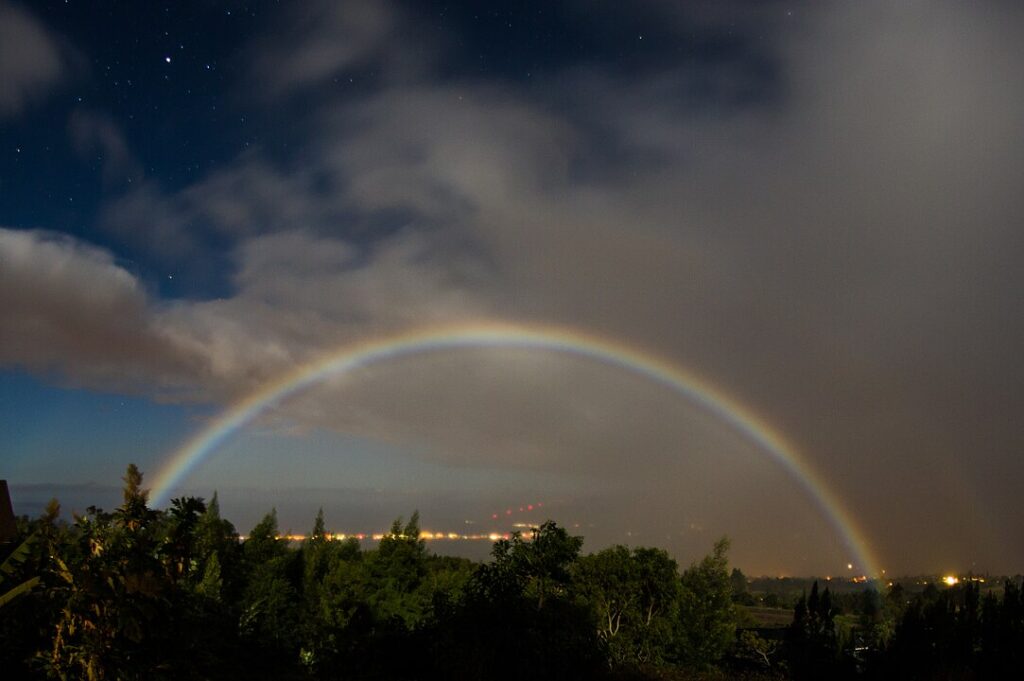
A moonbow is a rainbow created by moonlight instead of sunlight. It’s fainter than a daytime rainbow and appears white to the naked eye, though photos often reveal color. To see one, you’ll need a full moon, light rain or mist, and a very dark sky. They’re most often spotted near waterfalls or humid locations like Hawaii or Yosemite National Park. Moonbows are incredibly rare but hauntingly beautiful when conditions are just right, perfect for late-night sky watchers and photographers alike.
5. Fire Rainbow
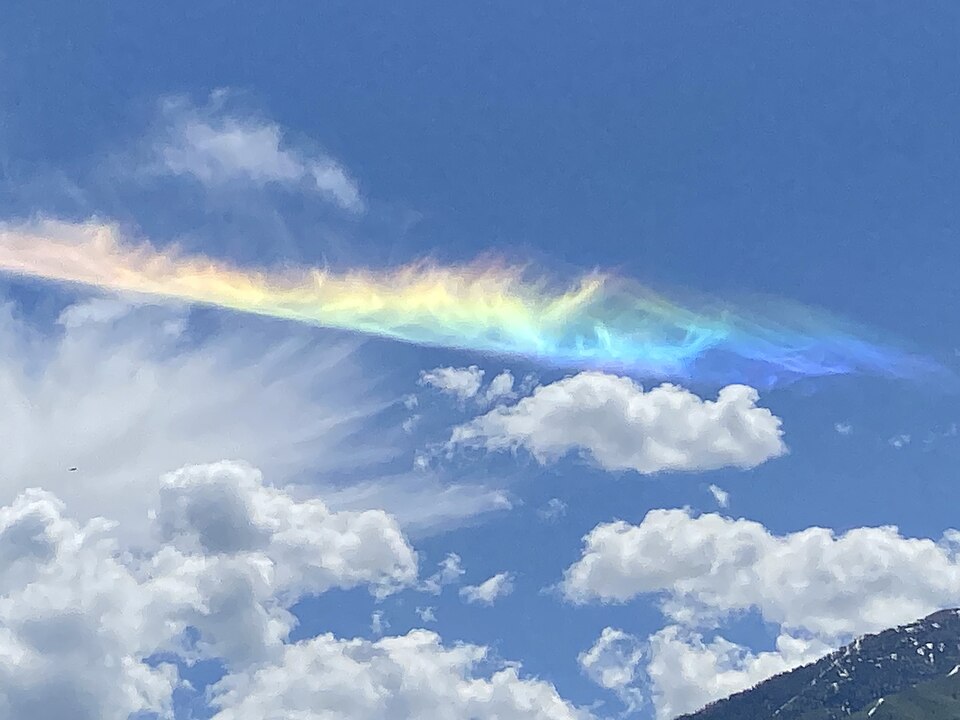
Despite its name, a fire rainbow isn’t fiery or a true rainbow. It’s a rare halo-like arc that forms high in the sky when sunlight hits cirrus clouds full of ice crystals at a certain angle. These vibrant displays are usually seen in summer, when the sun is high. They appear as multicolored bands that ripple like flames through thin, wispy clouds. Though stunning, fire rainbows only happen under very specific conditions, making them one of the sky’s most elusive and colorful phenomena.
6. Catatumbo Lightning
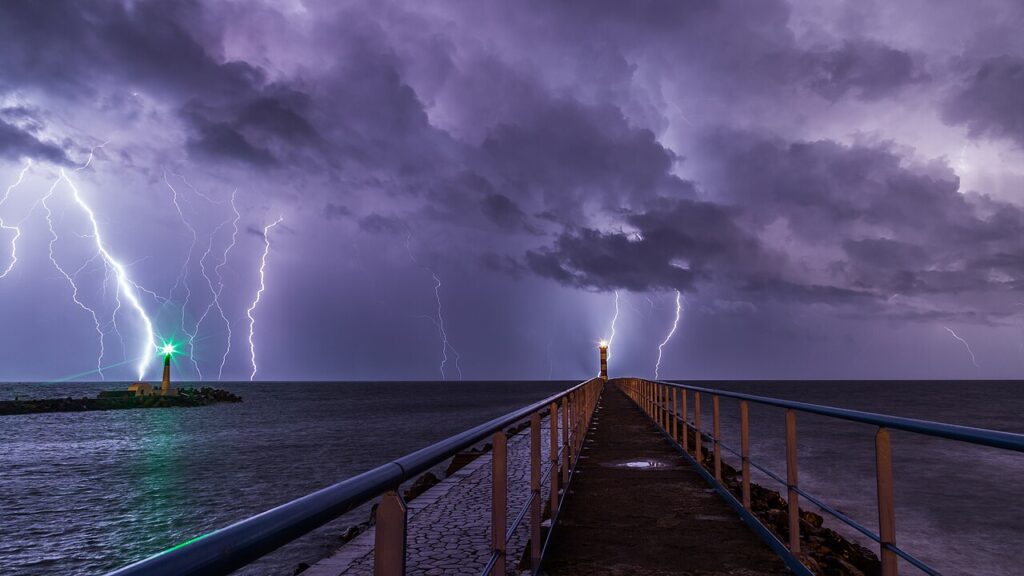
Over Venezuela’s Lake Maracaibo, a spectacular lightning storm erupts almost every night of the year. Known as Catatumbo lightning, this rare weather pattern can produce over 200 flashes per hour. The cause? Unique wind and humidity patterns in the region. There’s no thunder, just bright, silent bursts that light up the sky like a disco. It’s so consistent, it’s used for navigation. Though you’d have to travel far to see it, Catatumbo lightning is one of the most reliable natural wonders on Earth.
7. Ball Lightning
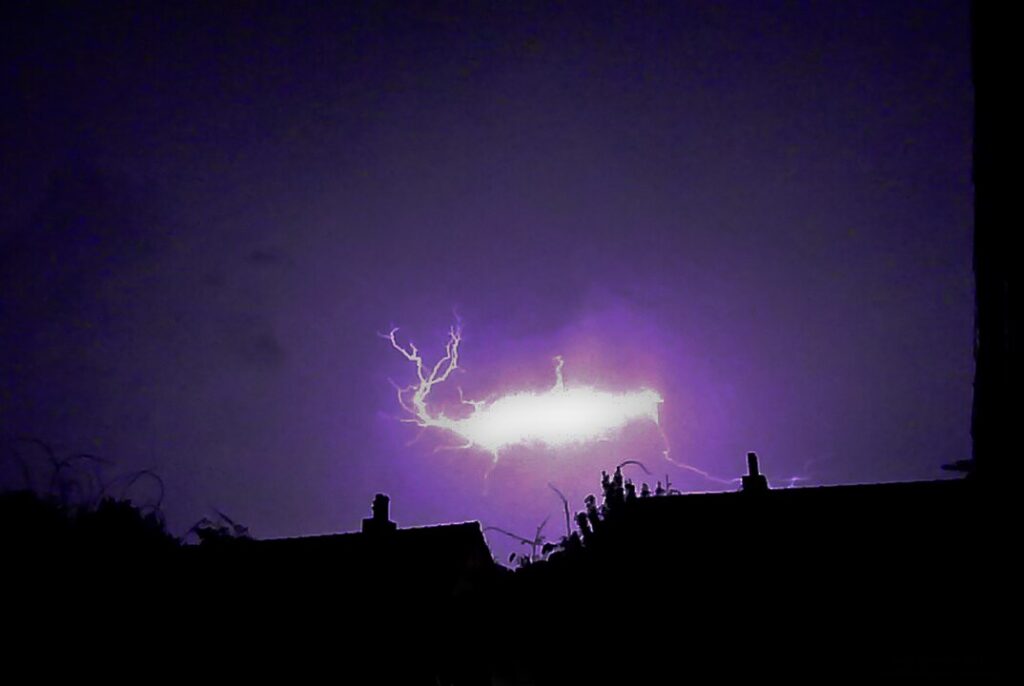
Ball lightning is a bizarre and unexplained phenomenon where glowing orbs float during thunderstorms. Witnesses report seeing tennis balls–sized spheres hovering, darting, or even passing through walls. They last just seconds and often vanish with a pop. Scientists still can’t fully explain them, and they’re rarely captured on camera. Despite being widely reported over the centuries, ball lightning remains one of nature’s biggest mysteries, and if you ever see it, you’ll have an incredible story to tell.
8. Red Sprite Lightning
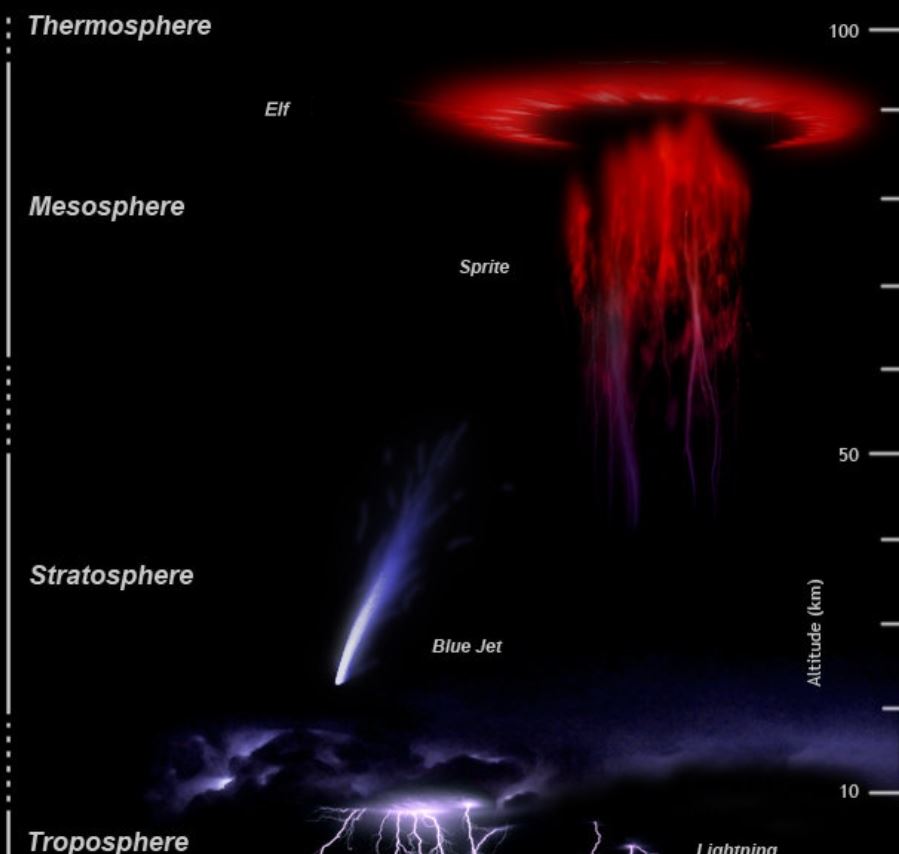
High above thunderclouds, strange flashes of red or purple light, called sprites, appear briefly in the upper atmosphere. These vertical bursts often look like jellyfish or columns and occur during strong electrical storms. You won’t see them from the ground unless you’re watching a storm from far away and know exactly when to look. Sprites are more often captured by pilots or satellites, but if you spot one, you’ve witnessed something that’s not only rare but scientifically fascinating.
9. Volcanic Lightning
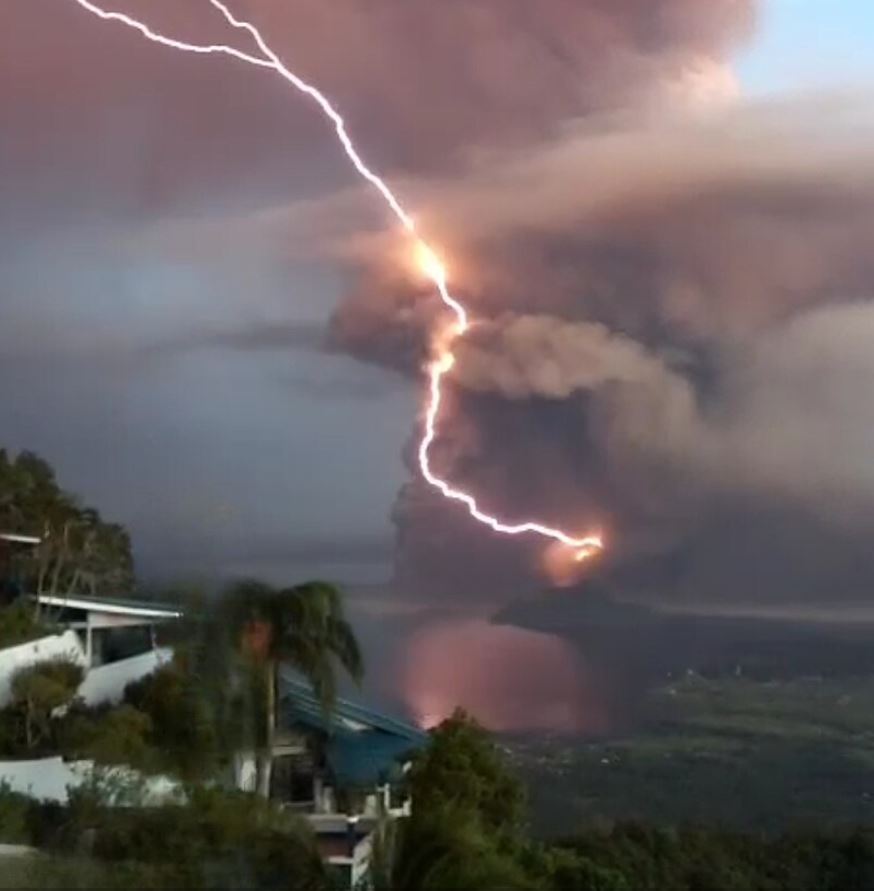
During powerful volcanic eruptions, the ash clouds can generate lightning bolts. The mix of rock, ash, and gas creates static electricity that sparks dramatic flashes through the smoke. This phenomenon, called a “dirty thunderstorm,” looks like nature’s wrath in full display, fire and lightning combined. It’s been observed in eruptions from Iceland to Indonesia. Though rare and dangerous to approach, photos of volcanic lightning are some of the most jaw-dropping weather images ever captured.
10. Ice Circles
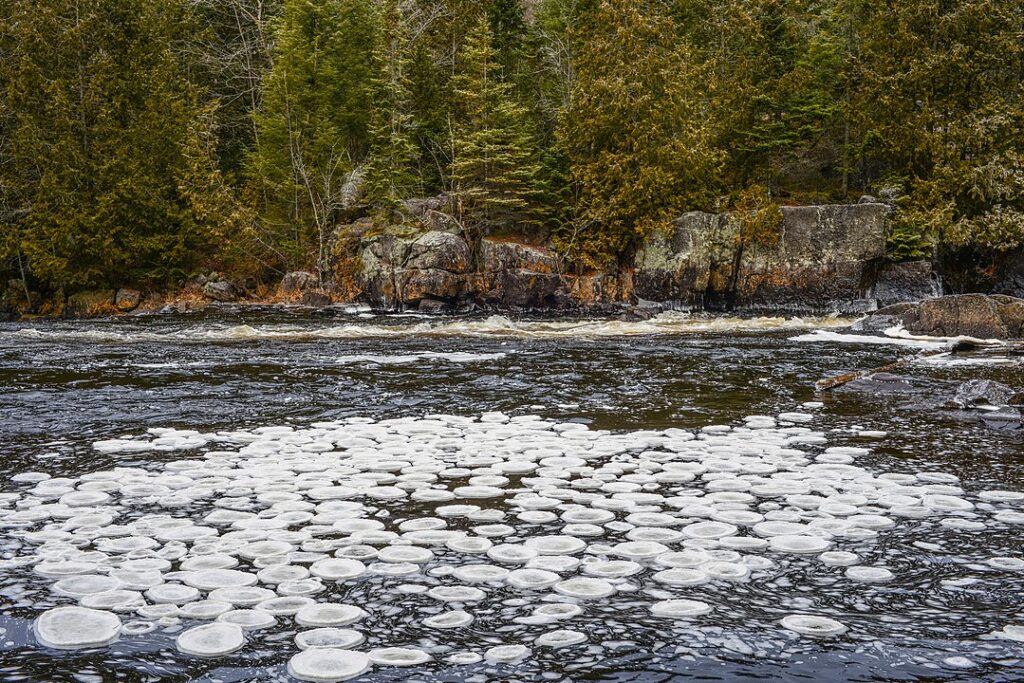
In very cold, slow-moving rivers, ice can form into near-perfect spinning discs. These ice circles look like frozen UFOs slowly turning in the current. They occur when water flow creates just enough force to grind the ice into a circular shape, sometimes several feet wide. Most often seen in Scandinavia, Canada, or northern U.S. states during deep winter, ice circles are rare, eerie, and mesmerizing. If you stumble upon one, it might feel like a scene from a sci-fi movie.
11. Sun Halo
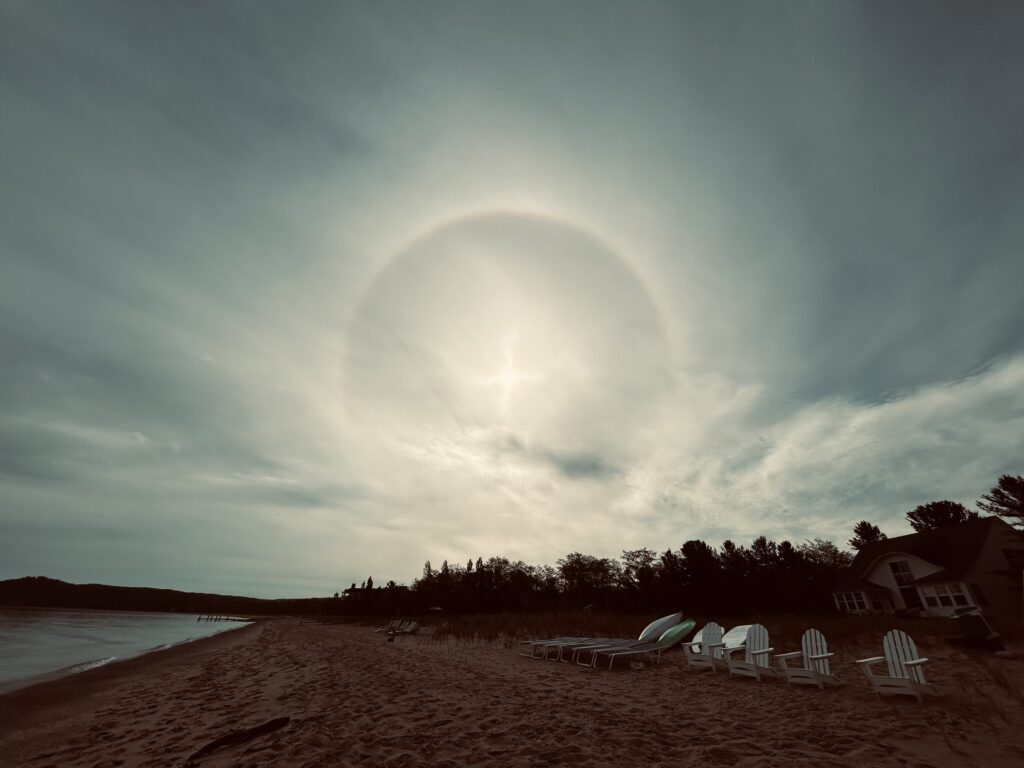
A sun halo is a glowing ring that encircles the sun, usually seen when sunlight shines through ice crystals high in the atmosphere. The light bends at just the right angle to form a perfect circle around the sun. While more common in cold climates, they can appear anywhere if conditions are right. Sun halos often show up before rain or snow, giving ancient cultures reason to see them as omens. Today, they’re just one more reason to look up.
12. Great Animal Migrations
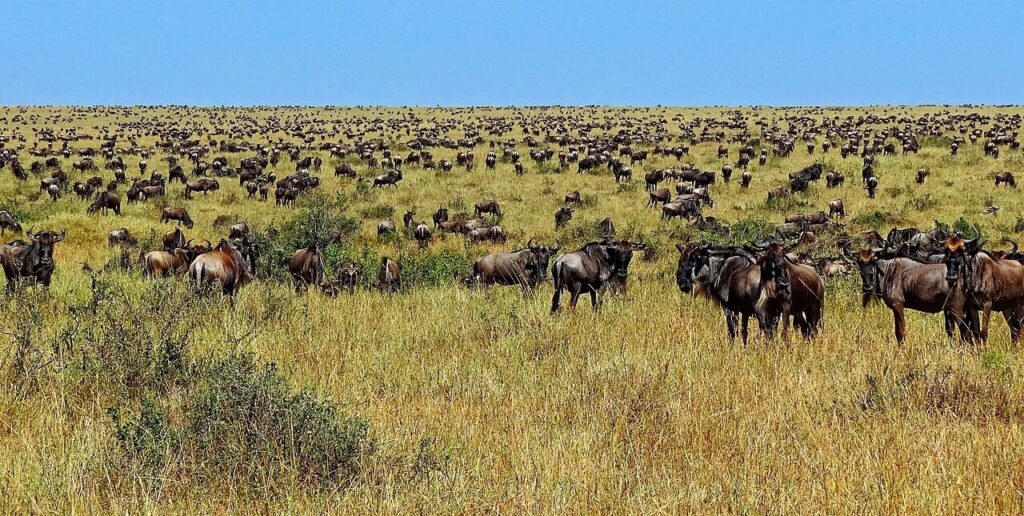
Mass migrations of animals, like wildebeests crossing the Serengeti or monarch butterflies flying thousands of miles, are both rare and breathtaking. These events require perfect seasonal timing and often involve millions of creatures moving together. The scale and coordination are incredible to witness. While nature documentaries capture them well, nothing compares to seeing it in person. Plan carefully, and you might just catch one of these powerful, ancient journeys with your own eyes.
